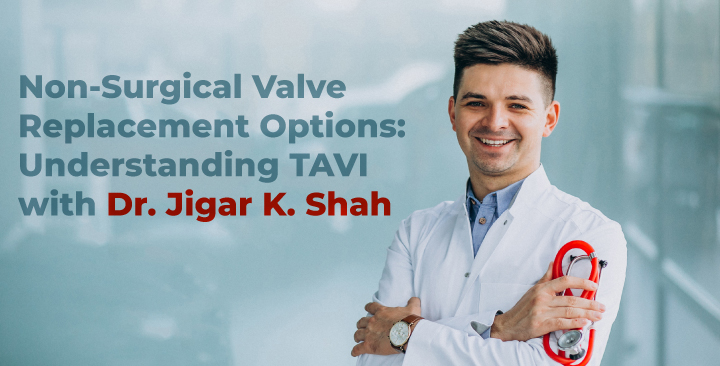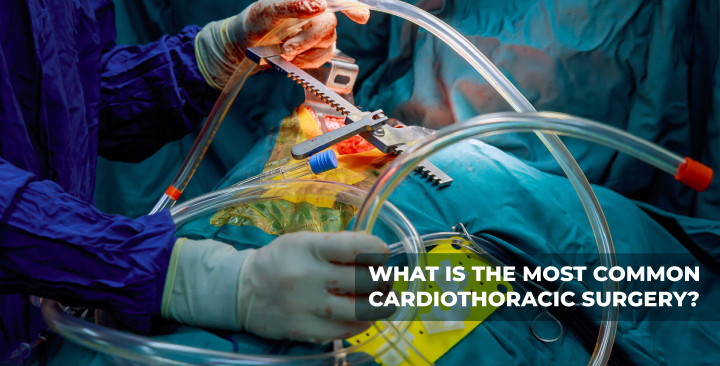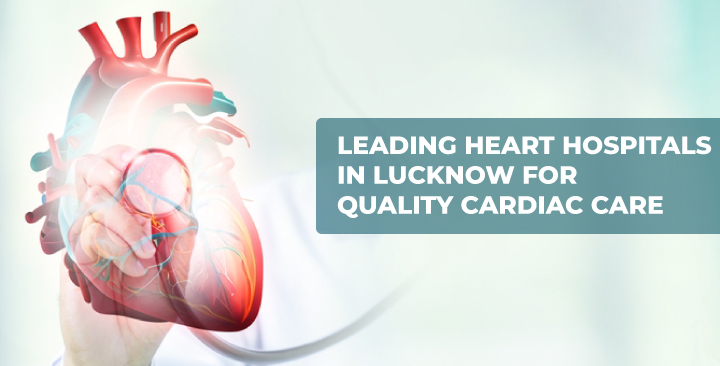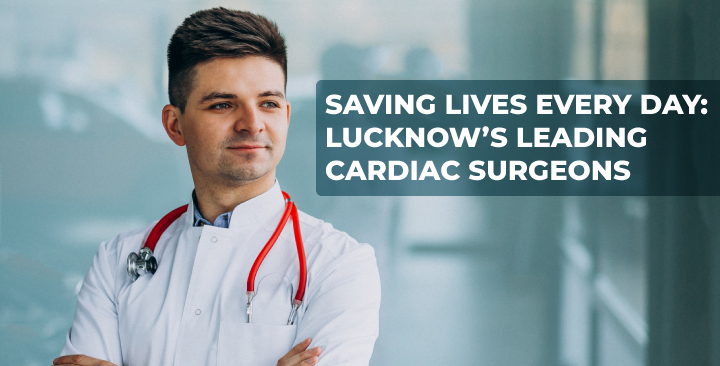
The Surgical Edge – Why Cardiac Surgeons Are Ideal for Performing TAVI
Dr. Jigar K. Shah20-Jun-2025
In recent years, transcatheter aortic valve implantation (TAVI) has emerged as a transformative procedure in the management of aortic stenosis. Initially developed for patients deemed too high-risk for open-heart surgery, TAVI has now expanded into lower-risk populations and become a cornerstone in structural heart interventions. As the field evolves, a pertinent question arises: who is best suited to perform this complex, life-saving procedure?
The answer increasingly points toward cardiac surgeons. With deep-rooted expertise in cardiac anatomy, surgical judgement, and complication management, cardiac surgeons offer unique advantages that can elevate the safety and efficacy of TAVI procedures. It is time for both the medical community and healthcare policy-makers to recognize the vital role cardiac surgeons can and should play in the future of TAVI.
Mastery of Anatomy: A Surgeon’s Intuition
At the heart of any successful valve procedure is an intimate understanding of cardiac anatomy — not merely in static imaging, but in its dynamic, intraoperative form. Cardiac surgeons are uniquely trained to visualize and interpret the heart’s structures in three dimensions, honed by years of open surgical experience. This profound anatomical knowledge enables precise valve sizing, optimal positioning, and rapid identification of anatomical variations that may complicate a TAVI procedure.
Unlike percutaneous operators who often rely solely on imaging, surgeons bring a tactile, intuitive understanding of the aortic root, annulus, and left ventricular outflow tract. This adds a critical layer of safety and adaptability, particularly in anatomically complex or borderline cases.
Crisis Management: Prepared for the Unexpected
Despite TAVI’s minimally invasive nature, it is not without risks. Aortic annular rupture, coronary obstruction, pericardial tamponade, valve embolization, and vascular complications can occur — sometimes suddenly and catastrophically. When complications arise, the ability to transition seamlessly to open surgery can be the difference between life and death.
Cardiac surgeons are uniquely prepared to handle these scenarios. They are not only trained in catheter-based skills, but also in open surgical rescue — whether that means converting to surgical aortic valve replacement (SAVR), managing bleeding, or conducting emergency bypass procedures. This “full-spectrum” skill set ensures that patient care remains uninterrupted and outcomes optimized, no matter what arises.
Unbiased Decision-Making: TAVI vs SAVR
One of the most important yet often overlooked advantages of a cardiac surgeon-led TAVI program is objectivity. Because surgeons are skilled in both SAVR and TAVI, they are able to offer patients a truly unbiased, patient-centered recommendation. This is especially crucial in borderline cases — younger patients, those with bicuspid valves, endocarditis risk, or concomitant coronary disease — where the long-term benefits of SAVR may outweigh the convenience of a catheter-based approach.
In contrast, when TAVI is performed exclusively by interventional cardiologists, there may be an inadvertent tendency to favor TAVI even when surgery might be the better option. Surgeon involvement ensures that the heart team approach functions as it was originally intended — collaborative, balanced, and in the patient’s best interest.
A Collaborative Future
This is not a call to sideline cardiologists, but a call for true collaboration — with surgeons taking a more prominent, equal footing in the performance of TAVI. The optimal TAVI program involves a cohesive heart team, where each member brings their strengths to the table. By empowering cardiac surgeons to not only assist but actively perform TAVI, we enhance procedural versatility, safety, and patient outcomes.
Hospitals and healthcare systems must invest in the training, credentialing, and inclusion of cardiac surgeons in TAVI programs. Meanwhile, regulatory and professional bodies should support guidelines that reflect this evolving landscape.
-
In Lucknow, Dr. Jigar K. Shah is recognized as one of the best TAVI surgeons. With his expertise in both open-heart and catheter-based procedures, he ensures safe, precise, and patient-focused outcomes. His deep understanding of cardiac anatomy makes him a trusted name in structural heart care.
Top FAQs About TAVI
1. What is a TAVI procedure?
Transcatheter Aortic Valve Implantation (TAVI) is a procedure to replace a narrowed aortic valve and is performed by way of a catheter without open-heart surgery.
2. Who qualifies for TAVI?
TAVI is indicated in patients with severe aortic stenosis and at high or intermediate risk for traditional valve surgery.
3. How long will recovery take after TAVI?
Most patients recover quickly, usually going home within a few days, while resuming their normal lifestyle within about a week.
4. Why should I choose a specialized TAVI surgeon?
A skilled TAVI surgeon ensures precise valve placement, reduces risks, and improves long-term outcomes. Their experience is vital for a safe and effective procedure.
Conclusion
As TAVI continues to revolutionize the management of aortic stenosis, we must ensure that its delivery evolves in parallel. Cardiac surgeons, with their unmatched anatomical insight, crisis management skills, and balanced clinical judgement, are ideally suited to perform TAVI. Embracing their role is not just a professional shift — it is a necessary evolution in the pursuit of excellence in cardiovascular care.
Let us not ask who can perform TAVI, but rather who can perform it best for the patient. The answer lies with the surgeon — and the future of heart valve therapy depends on it.























